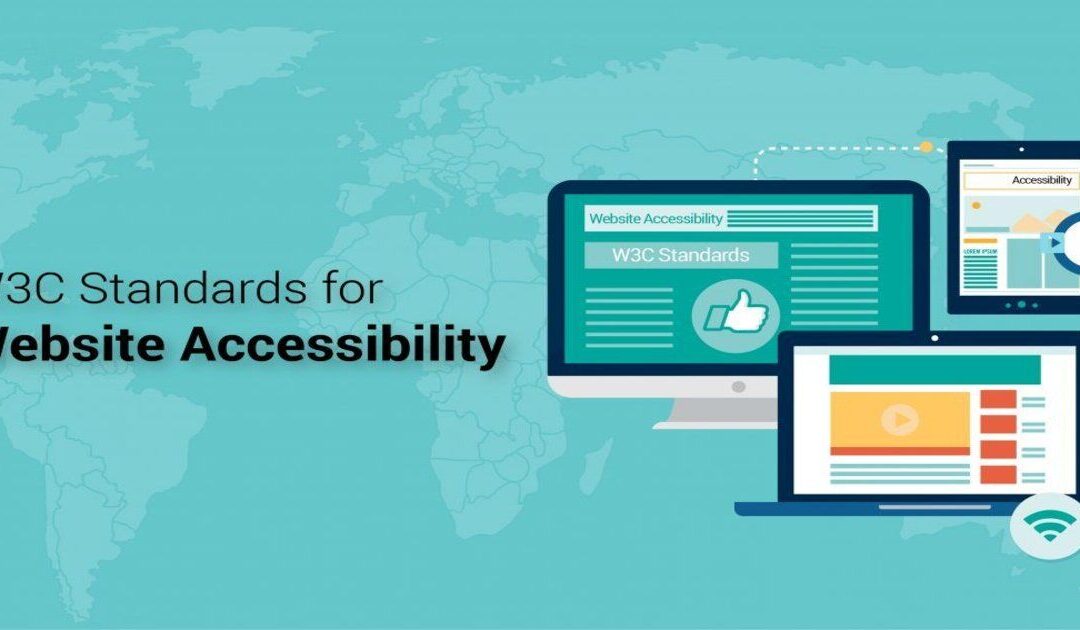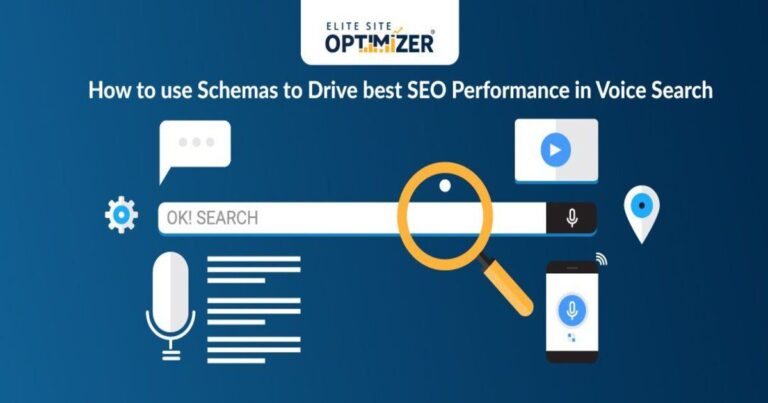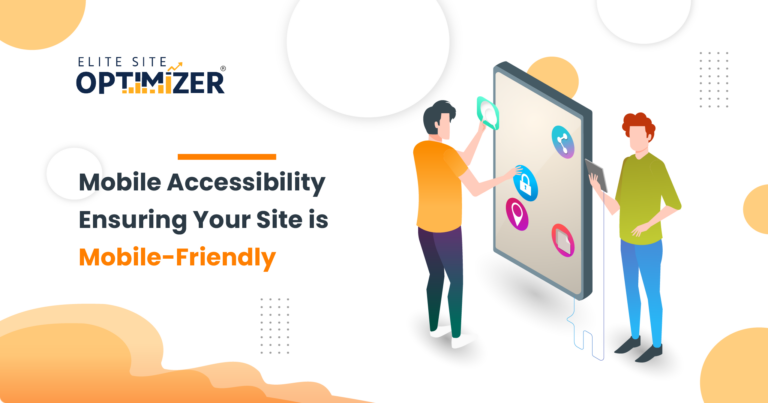Making your business’s website accessible for people with disabilities is as important as making your storefront accessible. Web developers and business owners need to consider numerous factors that play a role in a website’s accessibility. The World Wide Web Consortium (W3C) is committed to leading the way to make the Web accessible for people with disabilities.
The W3C’s Web Accessibility Initiative (WAI) is setting the bar with their Web Content Accessibility Guidelines (WCAG) that every online presence should strive to meet. A website’s accessibility score can be evaluated using online tools, including Google Lighthouse API functions. These evaluation tools help you to identify accessibility issues to help you improve your accessibility score. WCAG compliance will set a global standard that makes the digital world accessible for all.
How Do Disabilities Affect User Experience (UX)?
Many different types of disabilities may affect visual, hearing, mobility, cognitive, and other abilities. These impairments may affect UX by limiting the user’s ability to navigate and absorb the information on your website.
There are many user assistive technologies available to people disabilities. However, a website needs to be designed with accessibility in mind to function properly with assistive technologies. So, the tools are in place, but the content is lacking. Web developers and website owners now need to do their part to enable those assistive tools to do their job.
Why Should I Make My Website Accessible?
By striving to make a website accessible, you support equality for people of all abilities. It is a fundamental human right to have access to information. On a human level, we should all desire a world wide web that is available to people regardless of their abilities.
On a business level, making your website accessible can increase popularity and sales. By making your site accessible, you expand your business to a wider customer base and therefore increase sales opportunities.
How Do I Know If My Website Is Accessible?
There are a variety of tools and resources available to web developers and website owners that can be used to audit your site for accessibility. The comprehensive W3C website has a list of Easy Checks that can be used as a quick reference. You may already have tools in your work belt that can help, such as Google Lighthouse.
Google Lighthouse is an open-source automated tool for auditing the quality of web pages. The software analyzes and scores multiple categories that affect the quality of your website. Accessibility is one of the categories it analyzes. Google Lighthouse API functions allow the creation of applications that access the data. Google Lighthouse offers single report-based analysis and long-term integration that can be considered depending on available resources.
How Do I Make My Website Accessible For People With Disabilities?
Even web developers may find the Web Content Accessibility Guidelines overwhelming at first. Often, the best way to build momentum is to understand the problem clearly. The W3C presents real-world scenarios that help people understand the barriers people with different disabilities face online. By reviewing these struggles, you can make better decisions when developing an accessible website.
Once you are motivated, there are excellent resources that can educate and guide you along the way. The W3C’s Tips For Getting Started is obviously a good place to start. The page links you to tips for designing, writing, and developing for web accessibility. You can also find Web Accessibility Tutorials.
What Are The Basics Of Website Accessibility?
There are basic steps you can take to work toward ADA and WCAG compliance such as:
- Make site keyboard-friendly
- Limit the amount of dynamic content that can change without reloading the page
- Add Alt text to all images
- Choose contrasting colors
- Use headers to create a clear structure for your content
- Clearly label each field in forms
- Keep your tables as simple as you can
- Enable resizable text without disrupting your design
- Avoid automatic media and navigation
- Be mindful of your content: write out acronyms, use anchor text, and more
Doing Our Part
Every individual and business have the social responsibility to balance economic growth with the welfare of society. You can support the economic growth of your business as well as have a positive impact on the disabled community by designing your website to be accessible. You can simultaneously expand your customer base and remove barriers. Let’s all do our part and make the web accessible for all.






